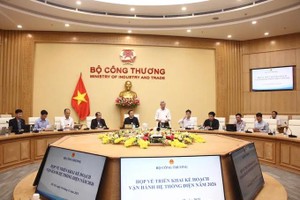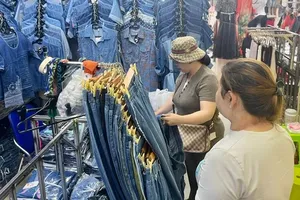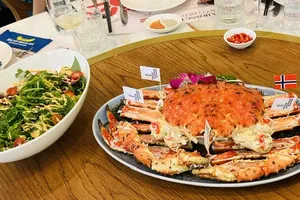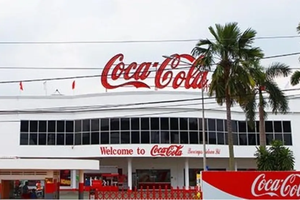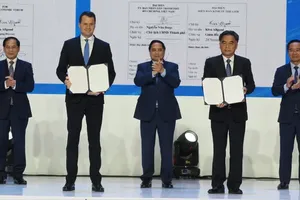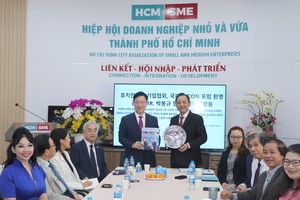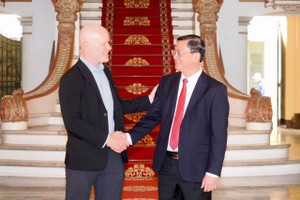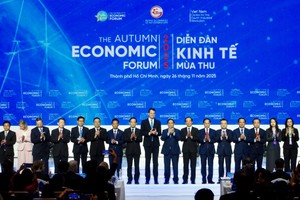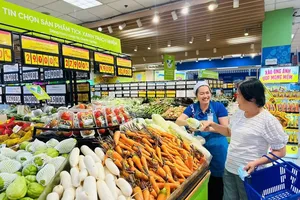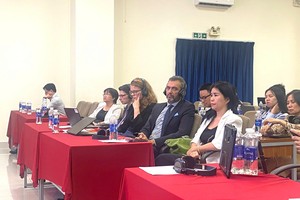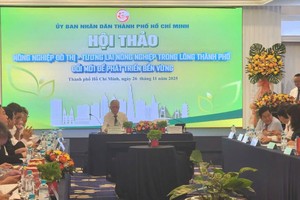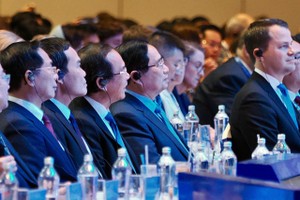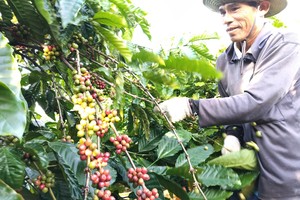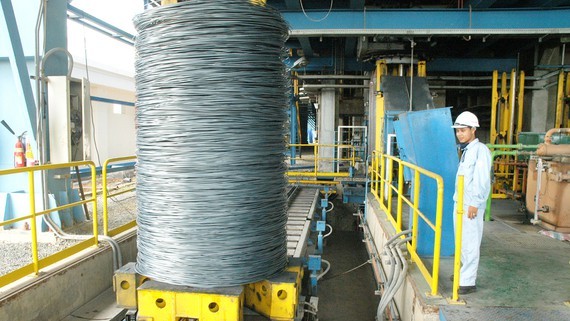
Growth target set at 5-6 percent
Hoa Phat Group said that it had just exported a shipment of more than 12,000 tons of steel, mainly cold-coated steel sheet products to the Americas. Before that, in January, it exported about 10,000 tons of galvanized steel sheets to Europe for partners from Belgium and Spain. The export activities of the company started to be boosted from August last year. Since then, it has continuously received many orders from trading partners for galvanized sheets to export to many major markets around the world. From 2021, the group aims to produce 300,000-400,000 tons of products per year and maintain an export ratio of 30-40 percent.
Similarly, Hoa Sen Group opened a new year with many high-value galvanized steel sheet shipments exported to the US, Mexico, Europe, and Southeast Asia, from the port clusters of Phu My, Quy Nhon, and Nghi Son. It is an optimistic sign in the first days of 2021, promising a prosperous new year for Hoa Sen Group and the domestic steel industry. Export is one of the two main sales channels, contributing greatly to the group’s profit. The US dollar revenue from export activities helps it to have a reciprocal source of foreign currency to borrow US dollars at an interest rate lower than that of the Vietnamese dong to pay for imported raw material shipments. The group's export volume has now exceeded 100,000 tons of products per month.
According to Vice Chairman of Vietnam Steel Association (VSA) Trinh Khoi Nguyen, with positive results in production and business in 2020, the steel industry sets the growth for this year at about 5-6 percent to meet the needs of the country's economy.
However, Mr. Nguyen also assessed that with the current pandemic situation, steel enterprises would have to strive very hard. According to VSA, the motivation for the growth of the steel industry this year mainly relies on the public investment in infrastructure that continues to be boosted. Moreover, steel demand will possibly continue to increase due to the recovery of the real estate market, and the foreign direct investment flow has been pouring heavily into Vietnam.
As for export, the global steel demand is expected to increase by 4.1 percent in 2021, thanks to the recovery in developed markets. To grasp opportunities, VSA recommends steel enterprises to prepare better to improve their competitiveness, expand, and exploit effectively markets. In addition, Vietnamese steel enterprises also need to promote links to ensure the transparency of the origin of goods, thereby helping their products to penetrate deeper into fastidious but potential markets with high standards, such as the EU, the US, and Japan.
Need to know the international game rules
Despite many advantages in the first months of this year, domestic steel products have continuously been caught in the trade remedy matrix in export markets, with relatively high import tariffs. For example, in mid-February, the Komite Anti Dumping Indonesia (KADI) announced the final conclusion of the anti-dumping investigation against Aluminum-zinc alloy-coated steel sheets originating from Vietnam and China. KADI said that imported Aluminum-zinc alloy-coated steel sheets from Vietnam and China were being dumped, causing significant damage to its domestic manufacturing.
Therefore, this agency decided to apply anti-dumping taxes ranging from 3.01 percent to 49.2 percent for Vietnamese Aluminum-zinc alloy-coated steel sheets. The decision to impose anti-dumping duty on Aluminum-zinc alloy-coated steel sheets imported from Vietnam into Indonesia will take effect for five years, starting from February 17, 2021. Previously, when Malaysia concluded the anti-dumping investigation on aluminum and zinc-coated steel, only one Vietnamese enterprise escaped tax levy. Vietnamese cold-rolled stainless steel is temporarily subject to an anti-dumping tax of up to 34.82 percent in Malaysia. Or the US had made a preliminary conclusion on the anti-dumping investigation on copper pipes imported from Vietnam. Canada temporarily imposes anti-dumping tariffs of 3.7 percent to 15.4 percent on Vietnamese concrete reinforcing bars.
Amid this development, the Trade Remedy Authority of Vietnam under the Ministry of Industry and Trade continuously issued a notice recommending steel enterprises to promote strategies to diversify markets, avoid focusing export on a single market. Because, when the export turnover has a sudden increase, the steel enterprises will fall into the sights of the importing countries.

